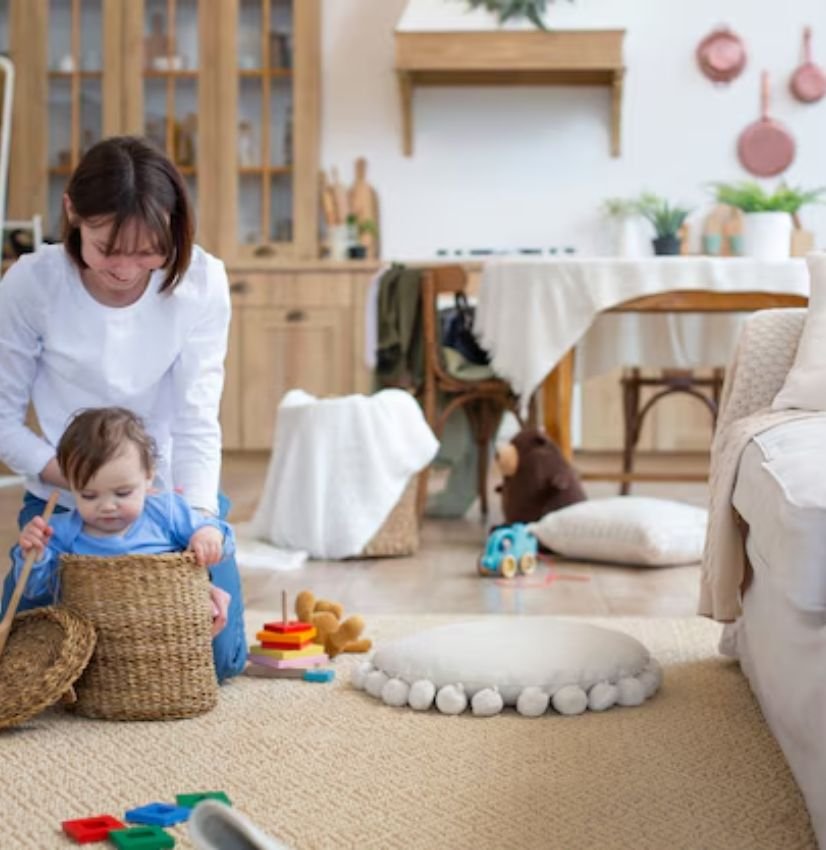In the world of early childhood education, creating a nurturing and engaging environment is crucial for the development of young minds. Childcare centers are increasingly adopting unique and creative methods to ensure children feel safe, engaged, and excited to learn. One such method is the use of childcare mascot, which have become more than just symbols of fun—they are instrumental in building emotional bonds, encouraging learning, and creating a trusting atmosphere for children. This article delves into the importance of childcare mascots, exploring their role in cognitive and emotional development, and how they help childcare centers foster lasting bonds with their students.
1. The Concept of Childcare Mascots
What Are Childcare Mascots?
Childcare mascots are friendly, often playful characters designed to connect with children on an emotional level. Whether they are animals, superheroes, or whimsical figures, mascots serve as familiar faces that make children feel comfortable and excited in a learning environment. Their presence is meant to reduce anxiety, encourage participation, and enhance overall engagement in a childcare setting.
Why Childcare Centers Use Mascots
Over the years, childcare centers have recognized that mascots can offer more than just entertainment. They represent consistency, safety, and familiarity—traits that are critical in creating a stable learning environment for young children. Whether as plush toys or larger-than-life characters, mascots have proven to be effective tools for engaging children in learning, promoting social interaction, and establishing emotional bonds.
2. Emotional Impact of Mascots on Children
Providing Comfort and Security
One of the primary roles of childcare mascots is to provide a sense of comfort and security to children. Many children experience separation anxiety when they are first introduced to childcare, and mascots can act as a comforting presence that eases their transition. The friendly face of a mascot helps children feel at ease, creating a sense of safety in their environment.
Encouraging Emotional Expression
For younger children, especially those who may struggle with verbal communication, mascots offer an alternative way to express emotions. Whether through play or interaction, children often project their feelings onto the mascot, using it as a conduit to express happiness, excitement, or even sadness. This emotional connection fosters trust, making children feel understood and supported in their environment.
Reducing Behavioral Issues
Mascots also play a role in reducing behavioral issues by creating a positive association with the childcare environment. Children who might otherwise feel nervous or overwhelmed by new experiences often exhibit more cooperative behavior when they feel emotionally supported. Mascots, by providing this emotional anchor, help to calm anxieties and encourage children to participate in group activities more readily.
3. Enhancing Cognitive and Social Development
Promoting Creativity and Imagination
Childcare mascots are powerful tools for enhancing creativity and imaginative play. Children often engage in role-playing activities with mascots, using their imagination to explore different scenarios and ideas. This type of play is critical for cognitive development, as it encourages problem-solving, critical thinking, and creative expression.
Building Social Skills
Mascots also foster social development by encouraging children to interact with one another. Whether it’s through group activities, storytelling, or games, mascots bring children together, promoting teamwork, cooperation, and communication. By interacting with mascots, children learn important social cues, such as taking turns, sharing, and collaborating with their peers.
Learning Through Engagement
In addition to emotional and social benefits, mascots can be incorporated into the educational process. Many childcare centers use mascots to introduce new topics, facilitate storytelling sessions, or guide children through educational games. By doing so, mascots make learning more engaging, turning otherwise mundane tasks into exciting adventures. The result is improved focus, retention, and a more positive attitude toward learning.
4. Building Trust and Relationships Through Mascots
Establishing a Bond Between Caregivers and Children
Building trust in early childhood settings is crucial, and mascots serve as a bridge between children and caregivers. When children trust the mascot, they are more likely to trust the caregivers who introduce and interact with the mascot. This shared interaction fosters a bond that makes children feel more secure and confident in their surroundings.
Mascots as Behavioral Role Models
Many childcare mascots are designed to embody positive traits, such as kindness, patience, and cooperation. By interacting with mascots that model good behavior, children learn to adopt these behaviors themselves. Mascots can teach children about the importance of sharing, listening, and being considerate of others—lessons that are essential for social and emotional development.
5. Success Stories: Real-Life Examples of Childcare Mascots
Case Study 1: Fluffy the Learning Bunny
In one childcare center, “Fluffy the Learning Bunny” was introduced as a mascot to promote a sense of unity and enthusiasm among the children. Fluffy was used during morning meetings to teach new concepts and encourage group activities. Over time, children began to associate Fluffy with learning and excitement, leading to increased participation and better retention of new ideas.
Case Study 2: Timmy the Tiger’s Role in Emotional Development
Another center introduced “Timmy the Tiger” as part of their emotional well-being program. Timmy was used as a comforting figure during difficult transitions, such as the first day of care or after a tough day. The children quickly grew attached to Timmy, often seeking him out for comfort. The mascot became a beloved part of the center, providing emotional support and helping to reduce anxiety among the children.
6. Creating an Effective Childcare Mascot
Key Characteristics of a Successful Mascot
An effective childcare mascot should be:
- Relatable: Children should be able to connect with the mascot on an emotional level.
- Friendly: The mascot should have a warm, approachable appearance that invites interaction.
- Engaging: It should encourage participation and interaction through play, storytelling, or educational activities.
- Consistent: The mascot must appear regularly to maintain a sense of familiarity and trust.
Incorporating the Mascot Into Daily Routines
To maximize the impact of a childcare mascot, it should be incorporated into the daily routine. Whether it’s helping with morning greetings, assisting during playtime, or guiding children through learning activities, consistency in the mascot’s presence ensures it becomes a comforting and familiar part of the children’s day.
Conclusion
Childcare mascots play a vital role in fostering emotional well-being, cognitive development, and social skills in young children. Their friendly presence offers comfort, security, and engagement, making them essential tools in the childcare environment. By incorporating mascots into daily routines, childcare centers can build stronger bonds with their students, enhancing both their emotional and educational development. As mascots continue to evolve, their importance in early childhood education will only grow, providing lasting benefits to both children and caregivers.



